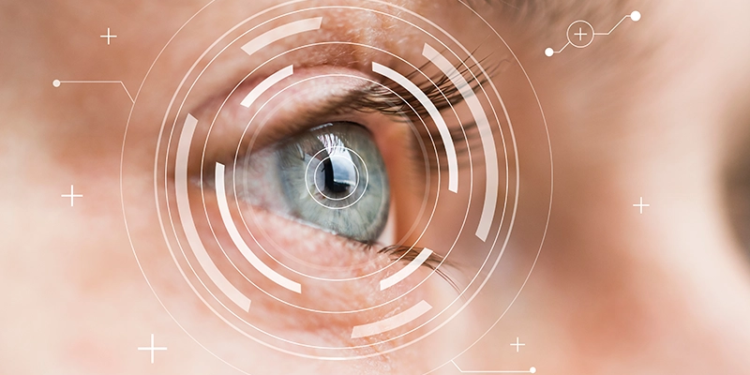Erik Engeberg, PhD, assistant professor in the Department of Ocean and Mechanical Engineering within the College of Engineering and Computer Science at Florida Atlantic University (FAU), has designed a robotic finger that looks and feels like a human finger. The initial application of the finger will be used for undersea operations, but could eventually be used to improve the functionality and cosmesis of prosthetic fingers.

The new technology used both a heating and then a cooling process to operate the robotic finger. Results from the study showed a more rapid flexing and extending motion of the finger as well as its ability to recover its trained shape more accurately and more completely, confirming the biomechanical basis of its trained shape.
Photograph courtesy of Florida Atlantic University.
“We have been able to thermomechanically train our robotic finger to mimic the motions of a human finger like flexion and extension,” said Engeberg. “Because of its light weight, dexterity, and strength, our robotic design offers tremendous advantages over traditional mechanisms, and could ultimately be adapted for use as a prosthetic device, such as on a prosthetic hand.”
In the study, Engeberg and his team used a resistive heating process that involved the passage of electric currents through a conductor that releases heat. Using a 3D CAD model of a human finger, they were able to create a solid model of the finger. With a 3D printer, they created the inner and outer molds that housed a flexor and extensor actuator and a position sensor. The extensor actuator takes a straight shape when it’s heated, whereas the flexor actuator takes a curved shape when heated. They used shape memory alloy (SMA) plates and a multistage casting process to assemble the finger. An electrical chassis was designed to allow electric currents to flow through each SMA actuator. Its U-shaped design directed the electric current to flow the SMAs to an electric power source at the base of the finger.
The technology used a heating and then a cooling process to operate the robotic finger. As the actuator cooled, the material relaxed slightly. Results from the study showed a more rapid flexing and extending motion of the finger as well as its ability to recover its trained shape more accurately and more completely, confirming the biomechanical basis of its trained shape.
Because the finger was developed for marine operations, Engeberg used thermal insulators at the fingertip, which were kept open to facilitate water flow inside the finger. As the finger flexed and extended, water flowed through the inner cavity within each insulator to cool the actuators.
Results of the research and the development of the robotic finger were published in Volume 10, Number 5, of the journal Bioinspiration & Biomimetics.
Editor’s note: This story was adapted from materials provided by Florida Atlantic University.




